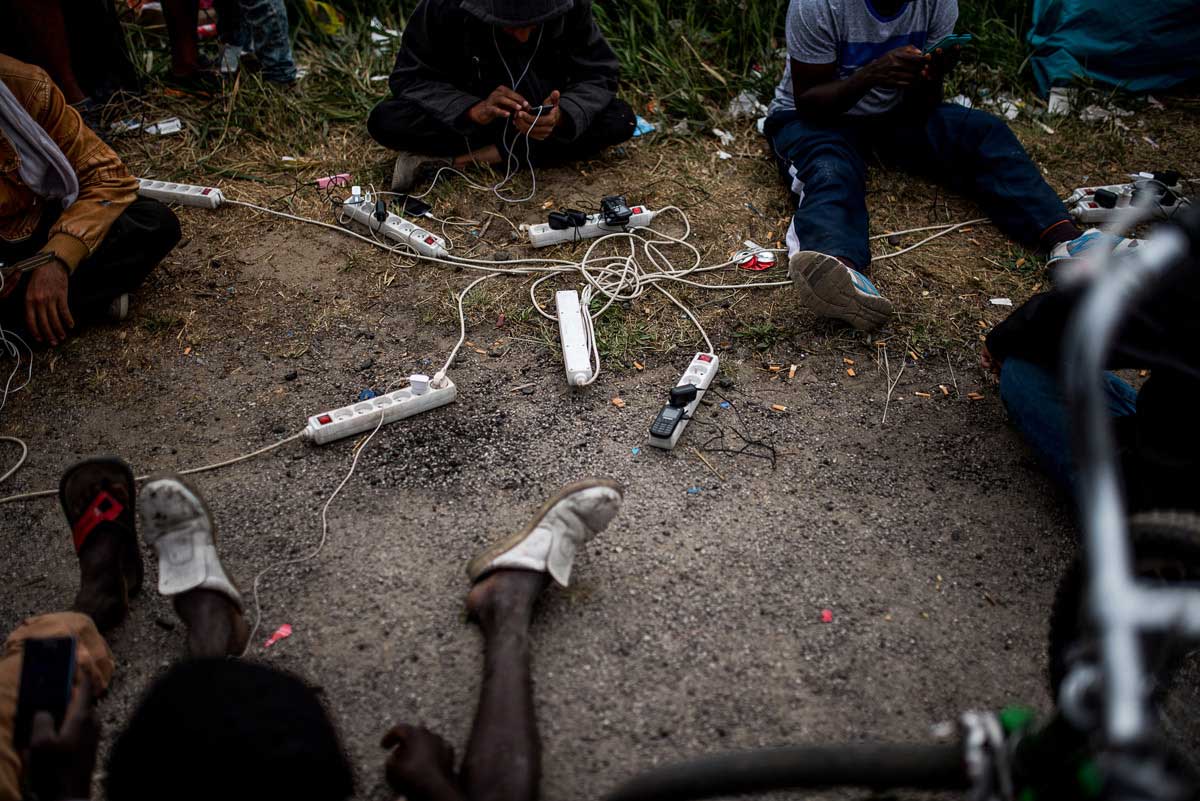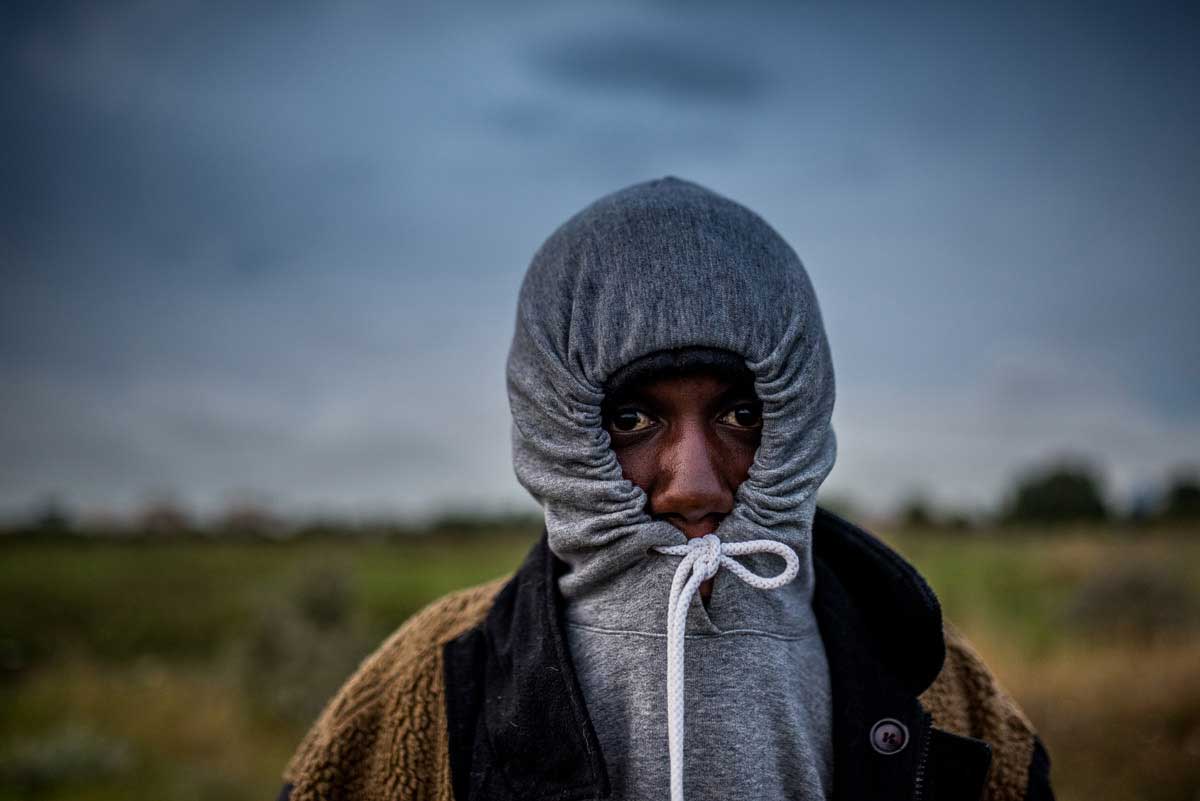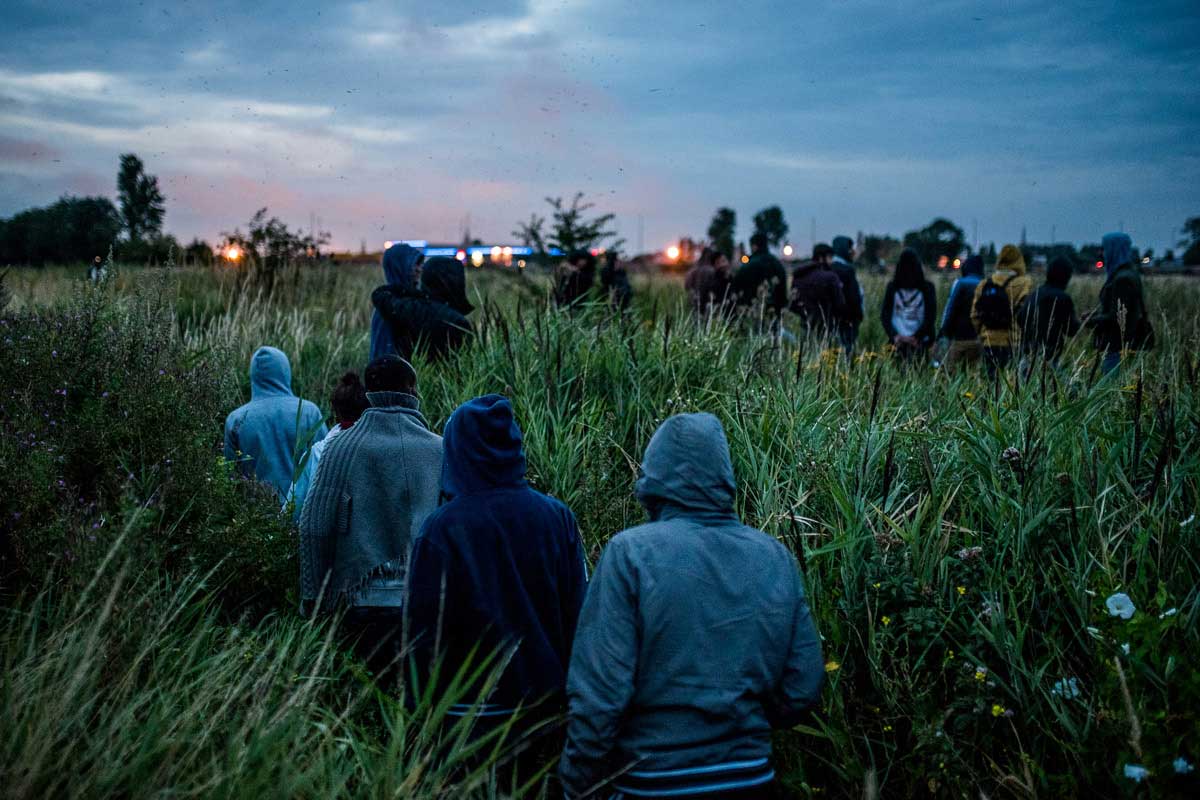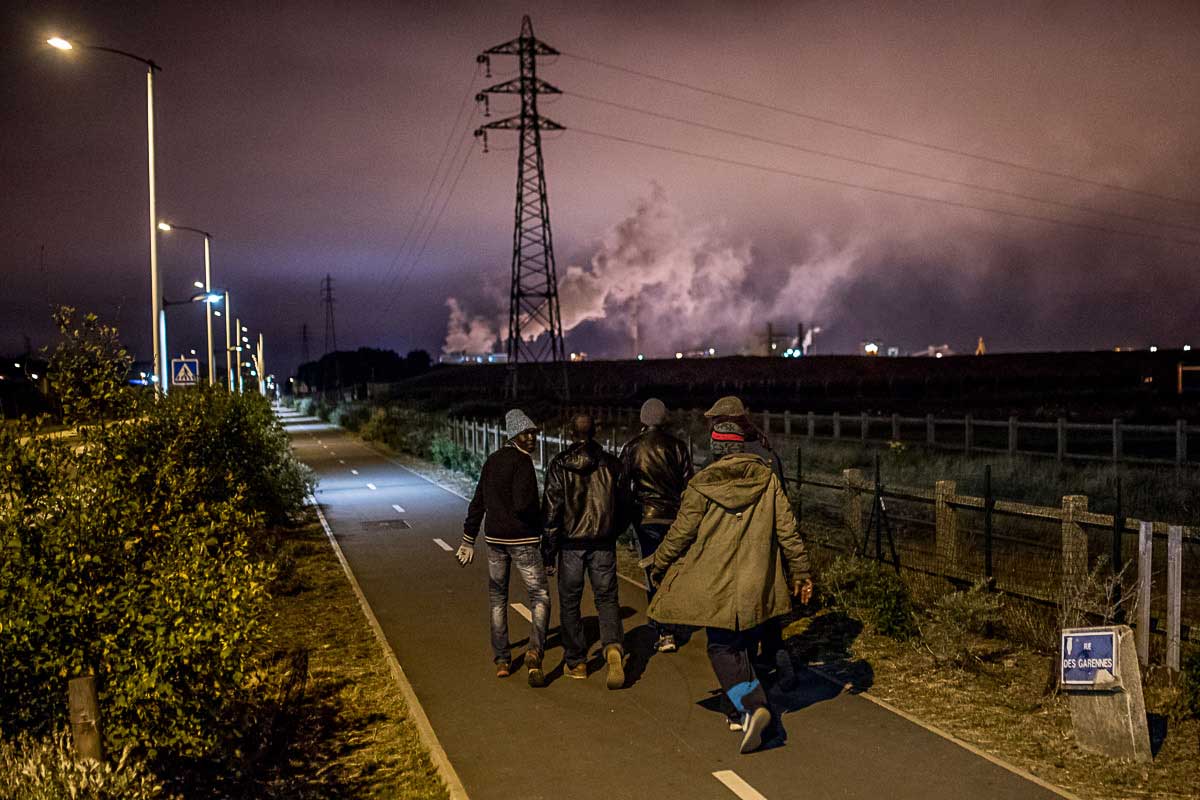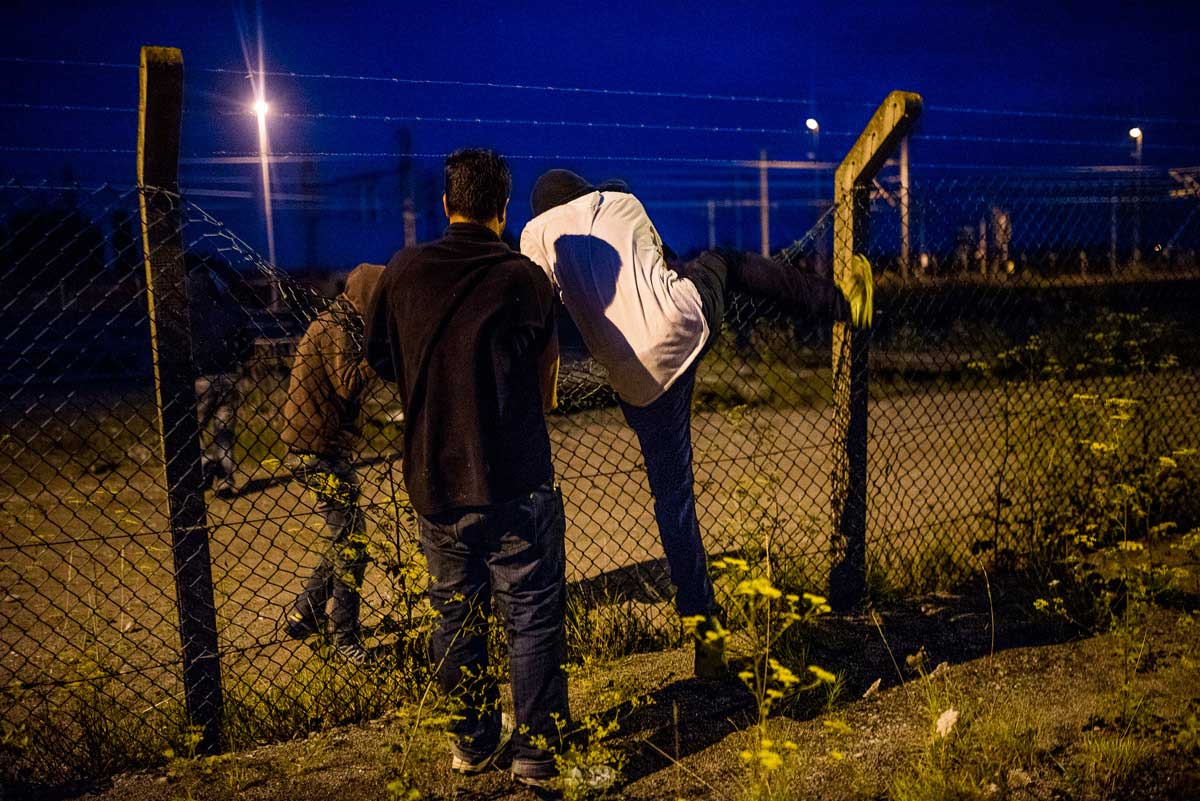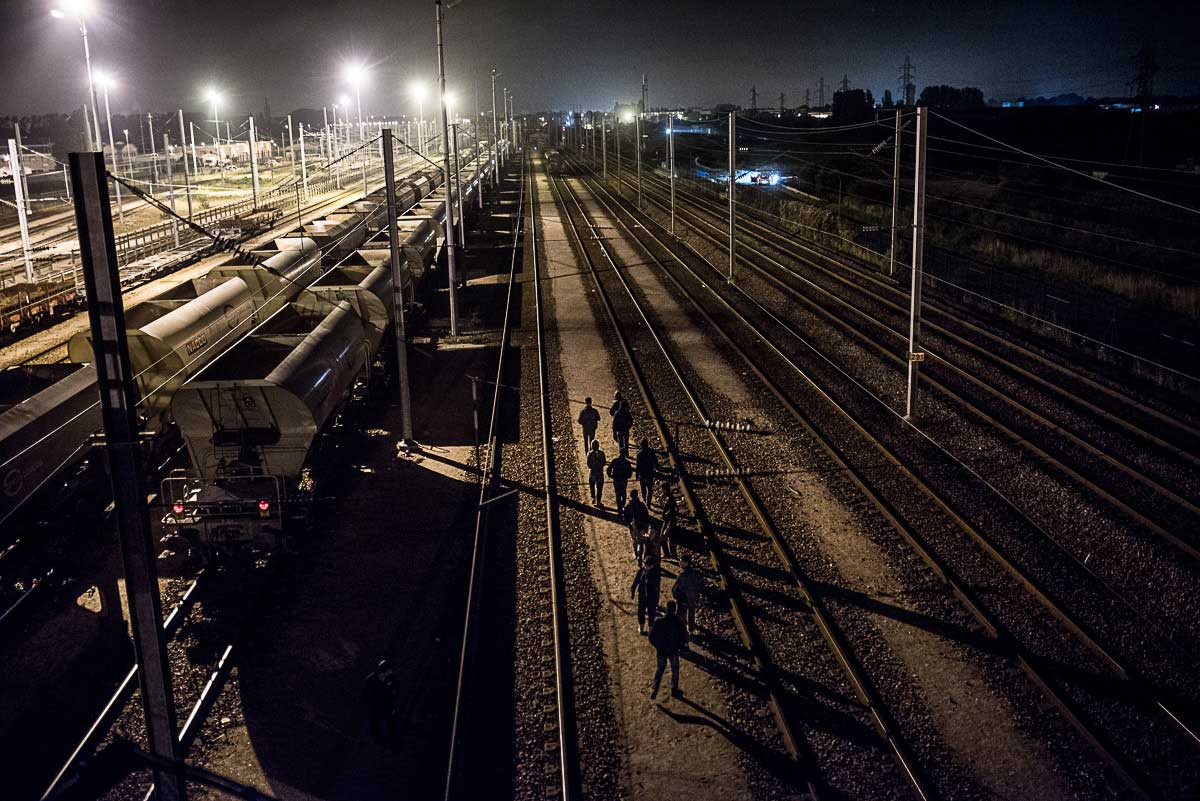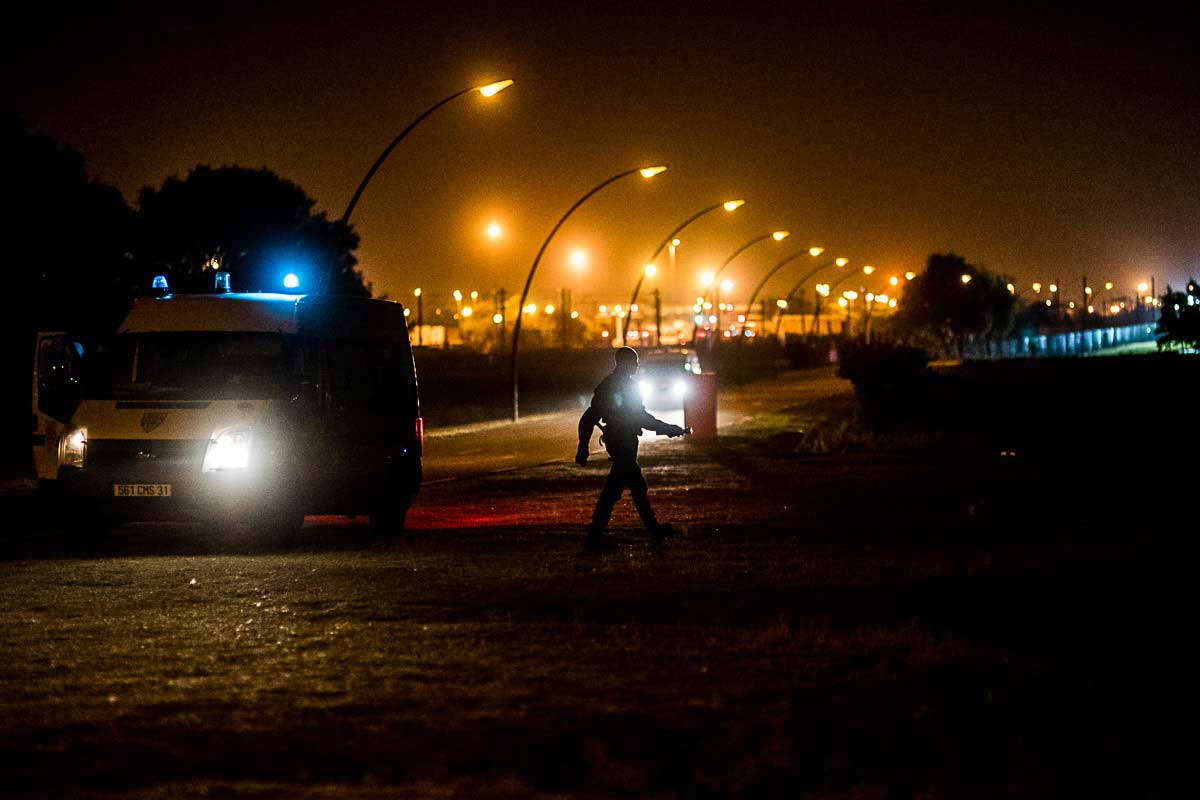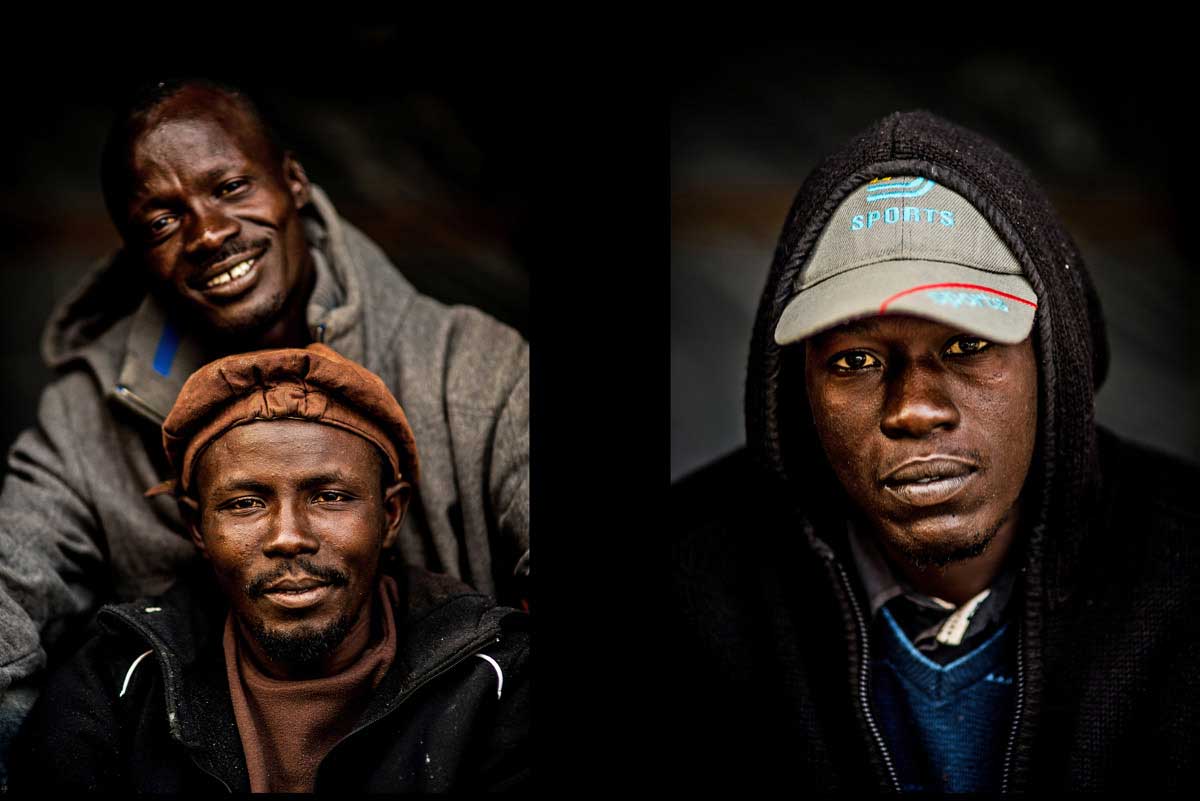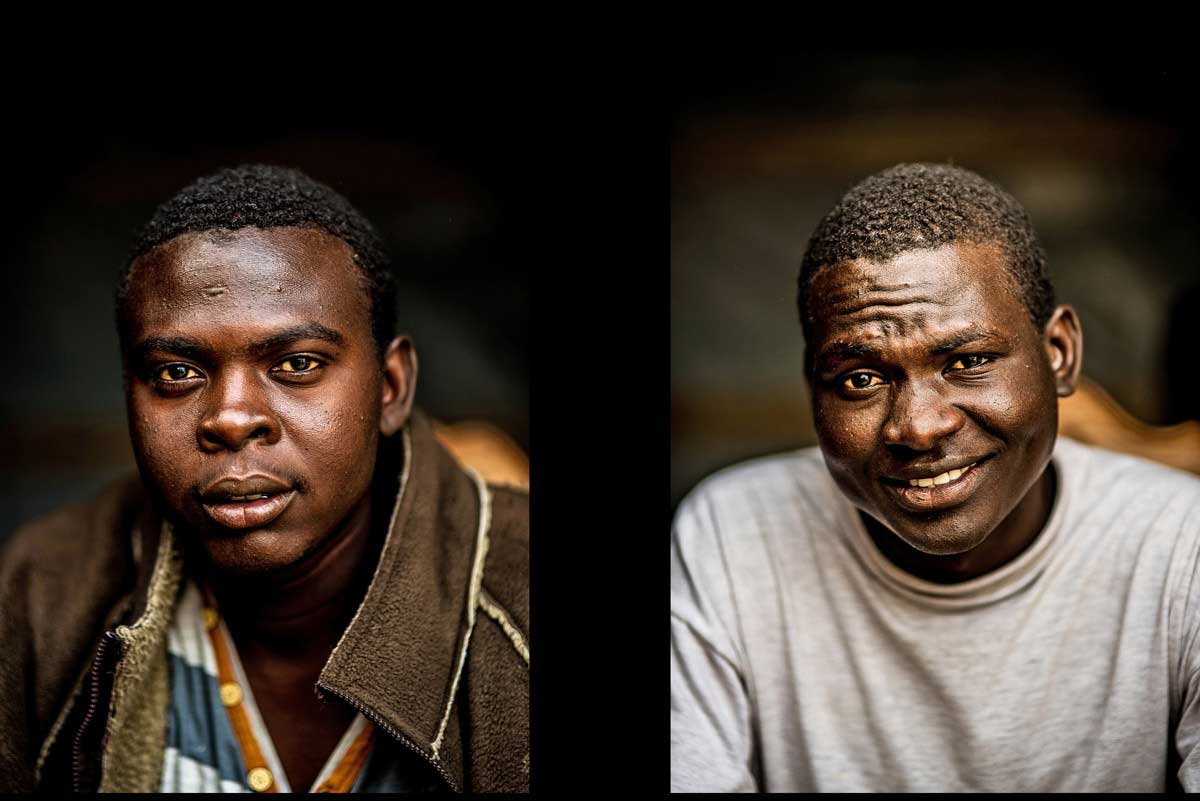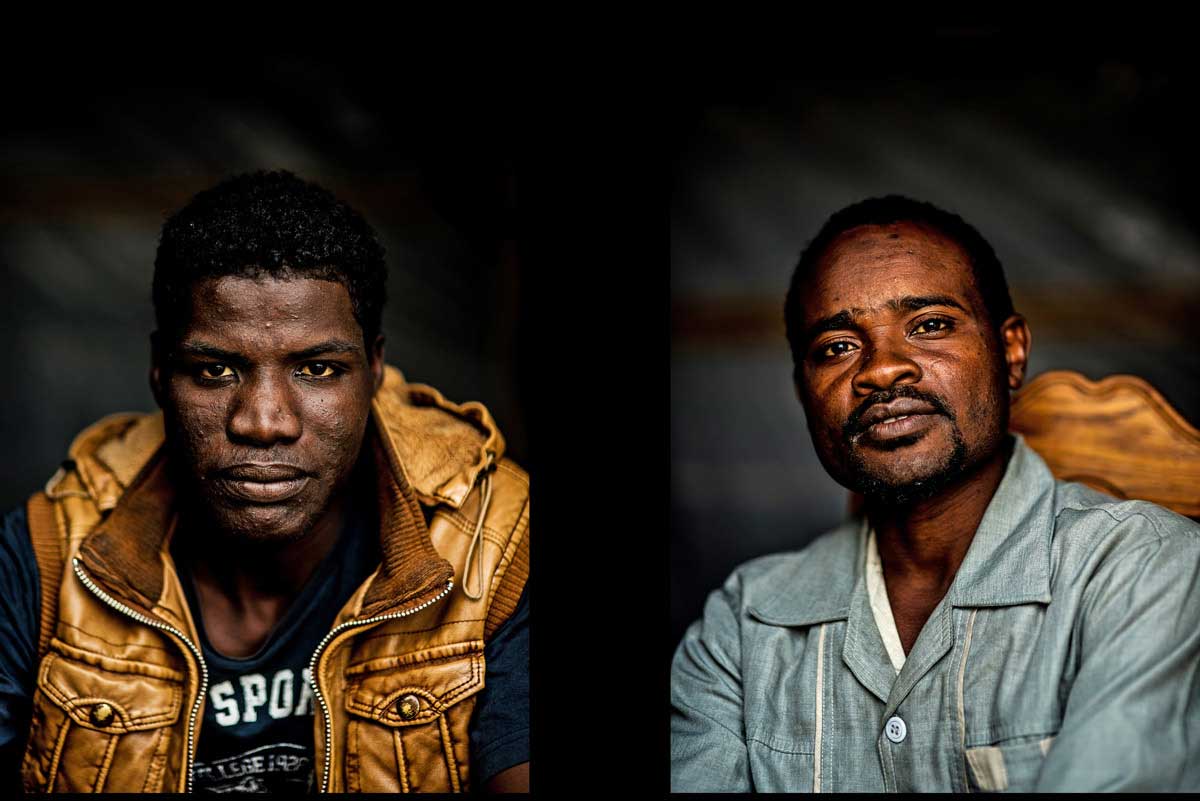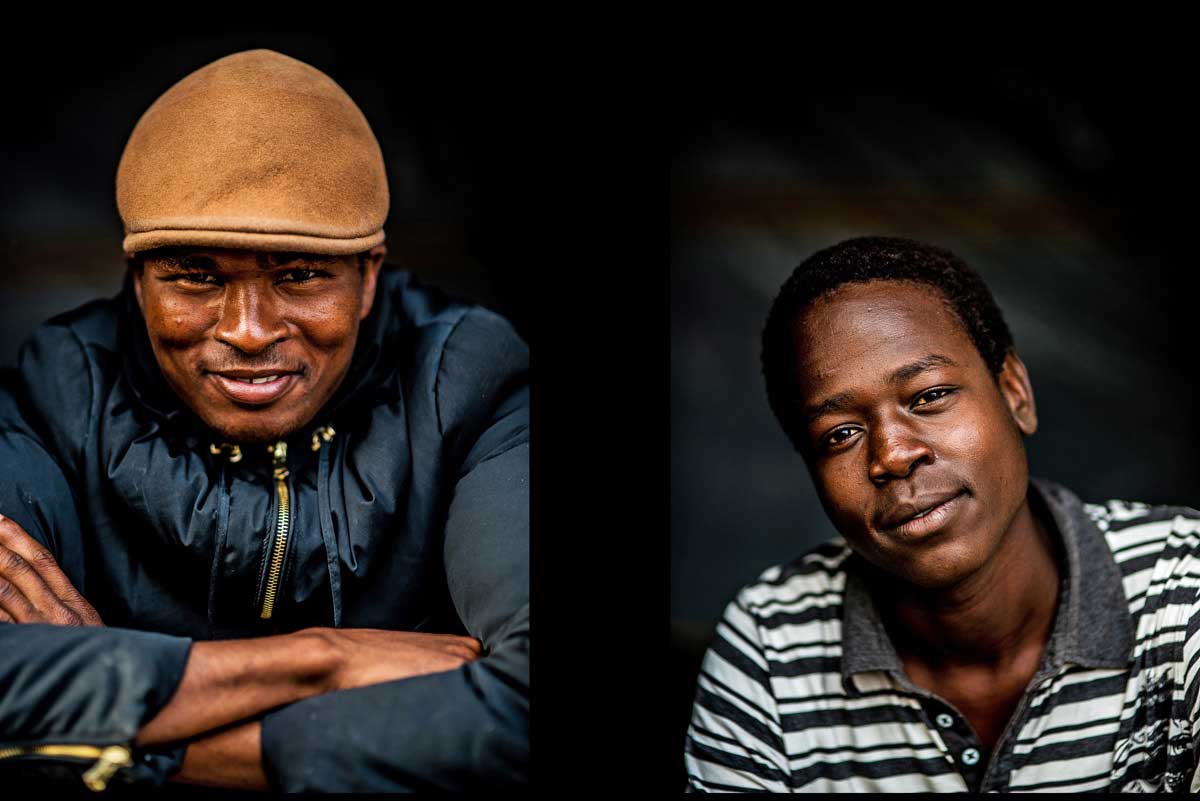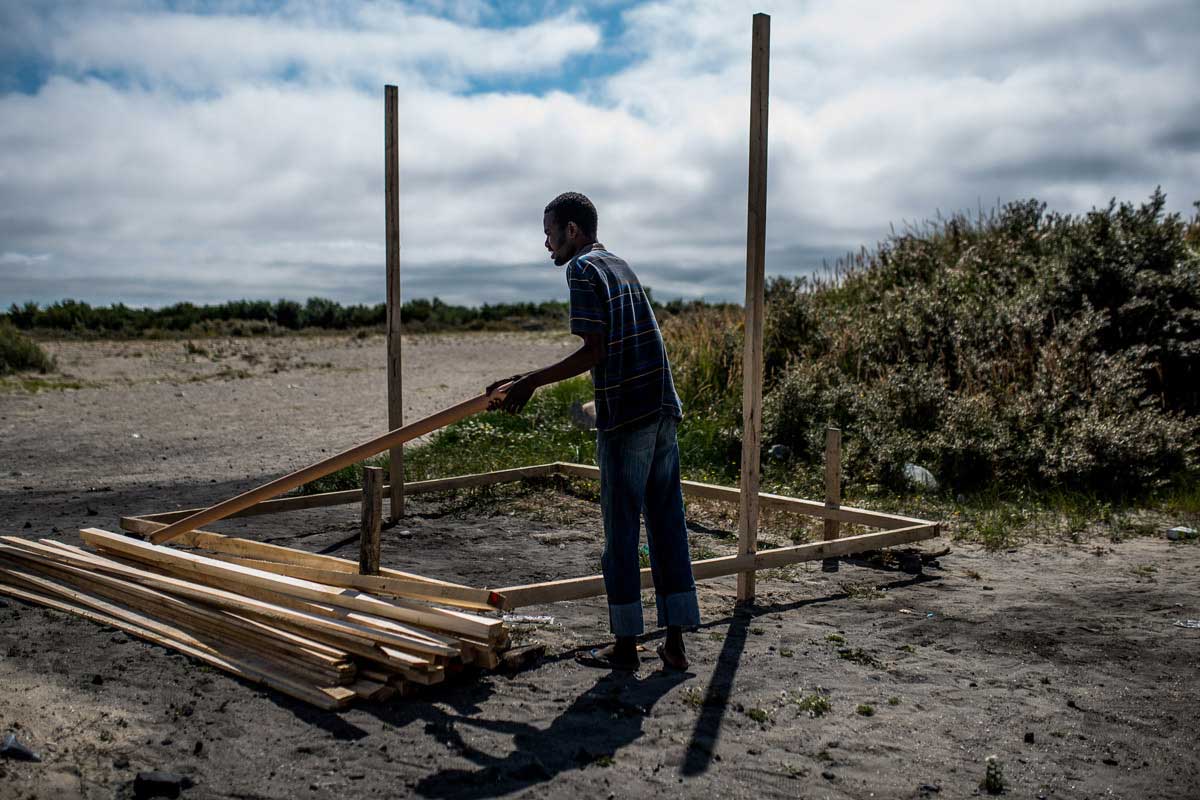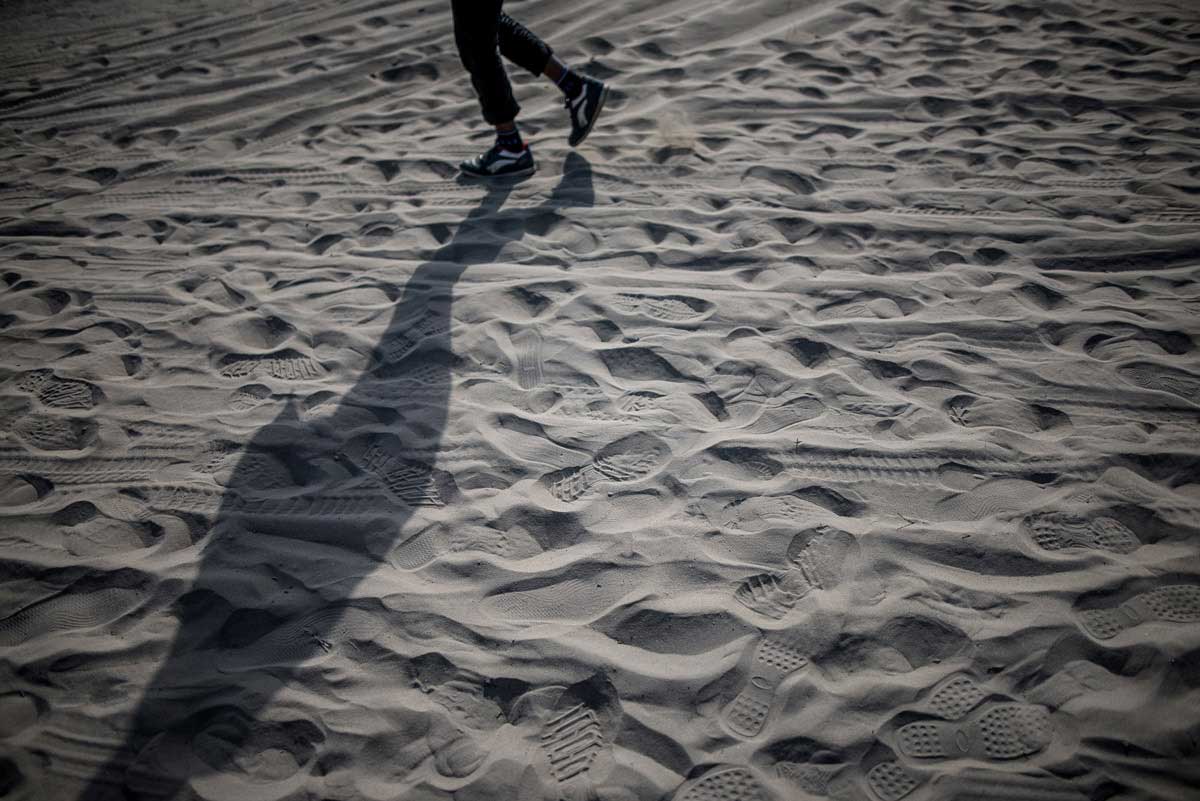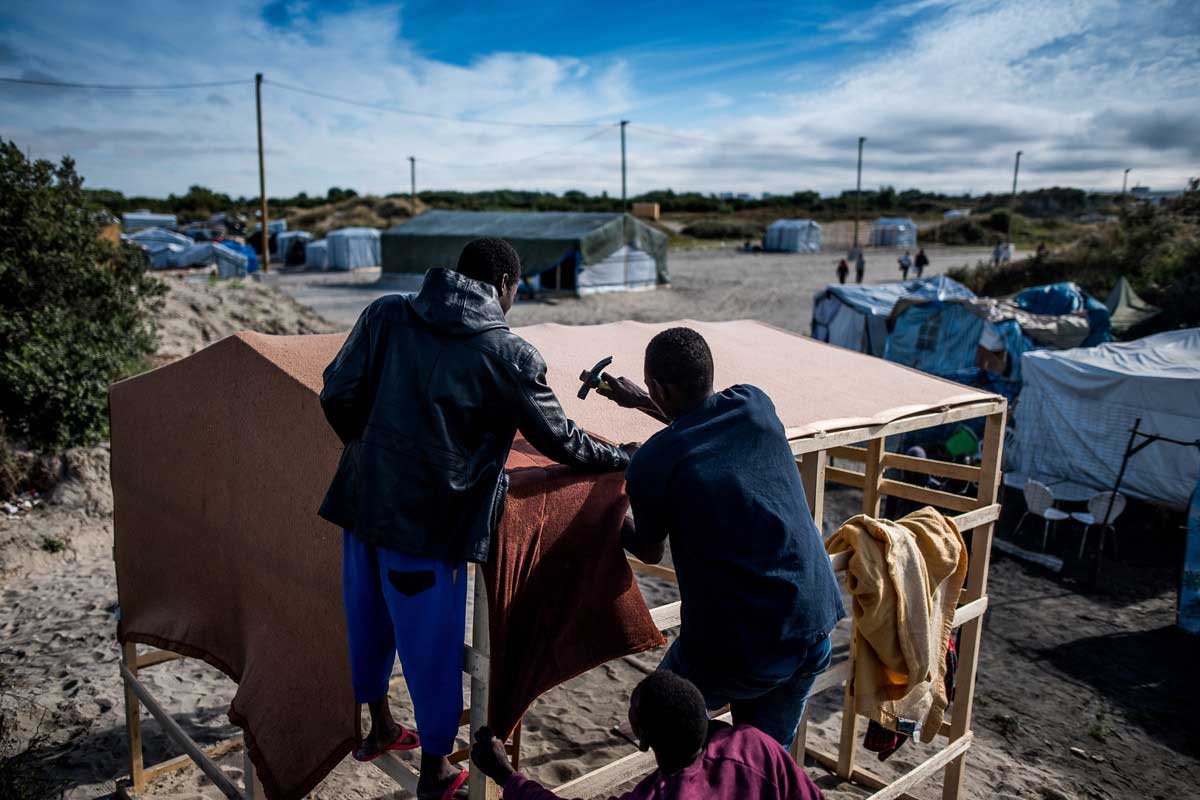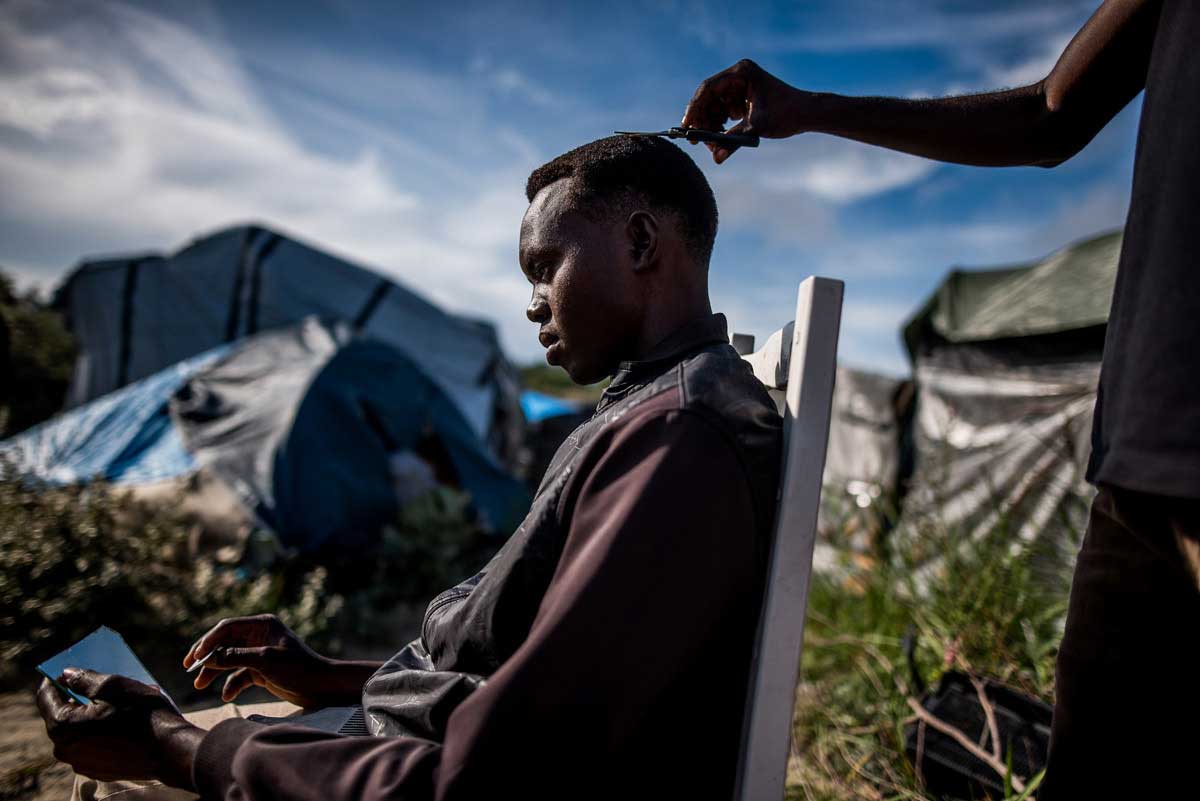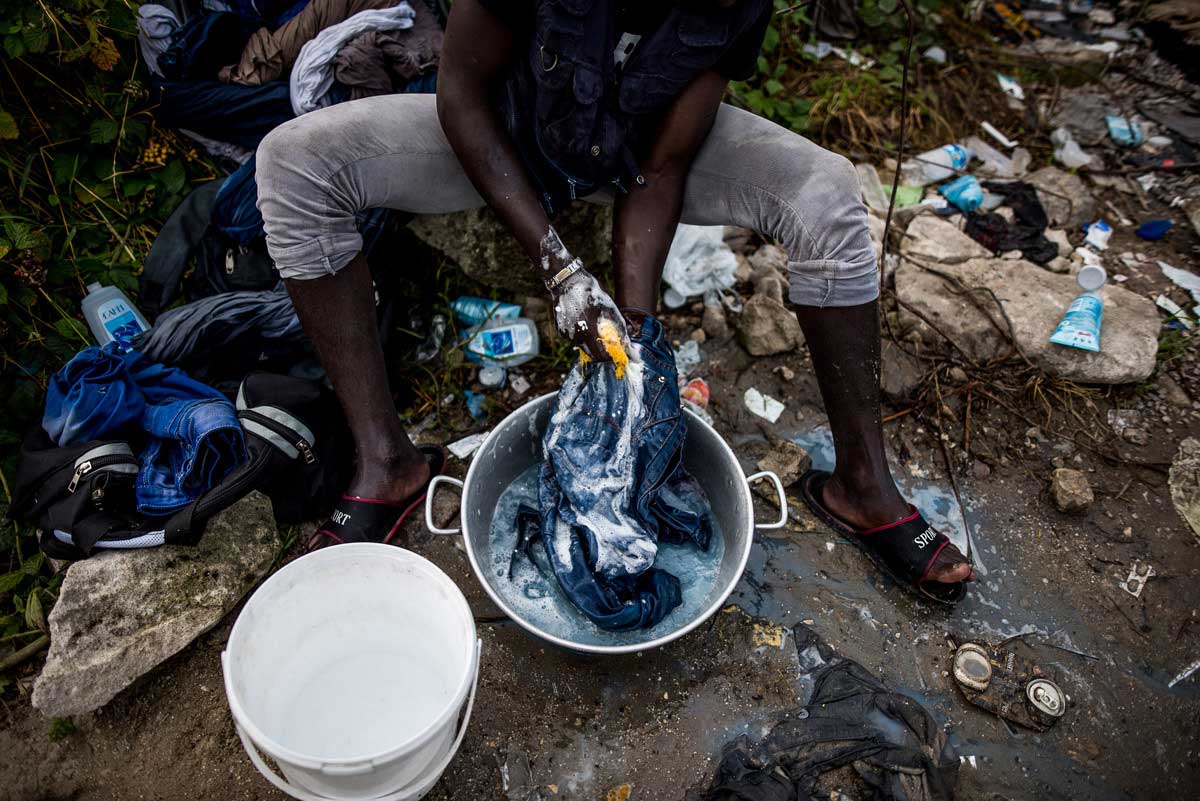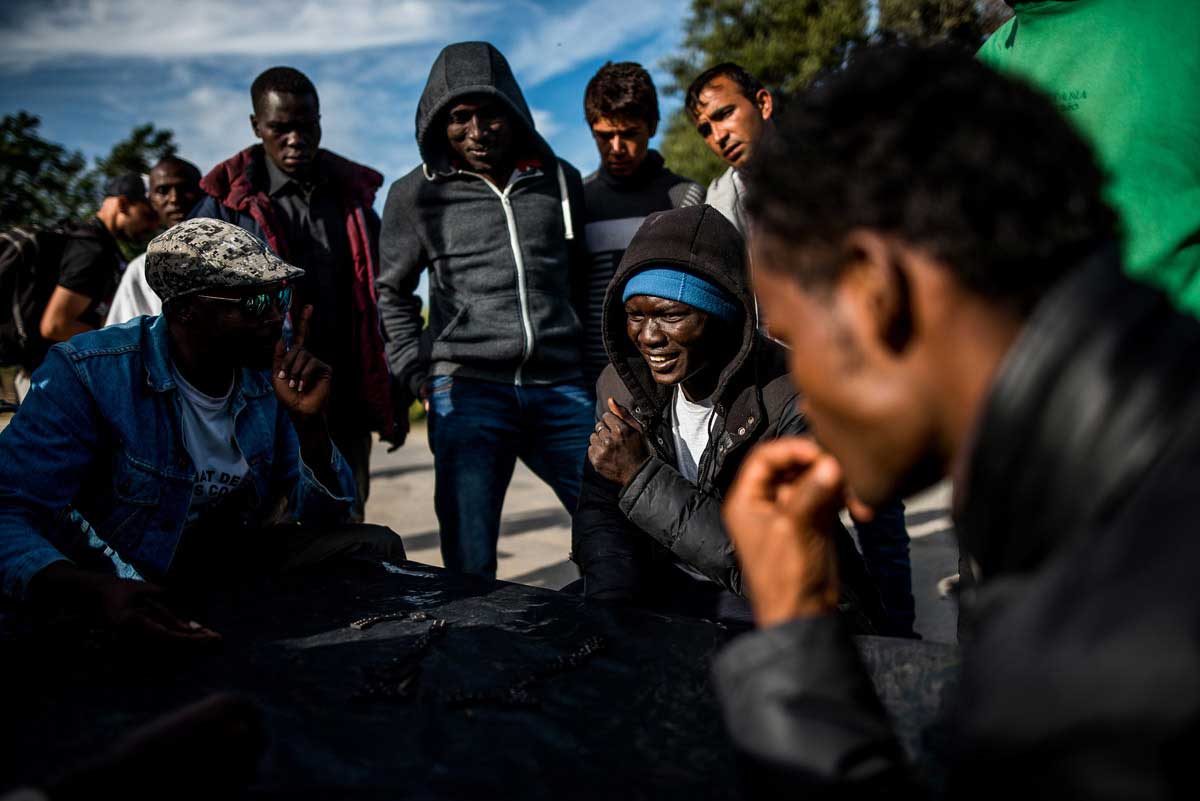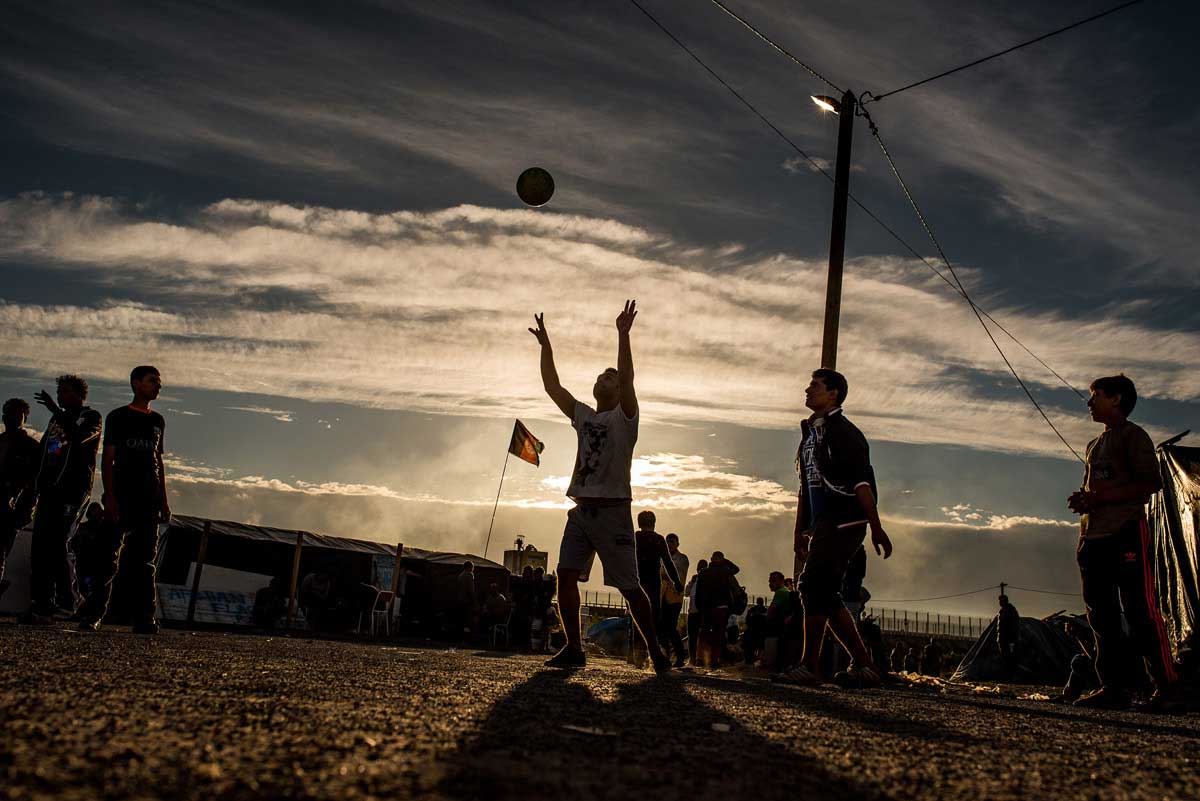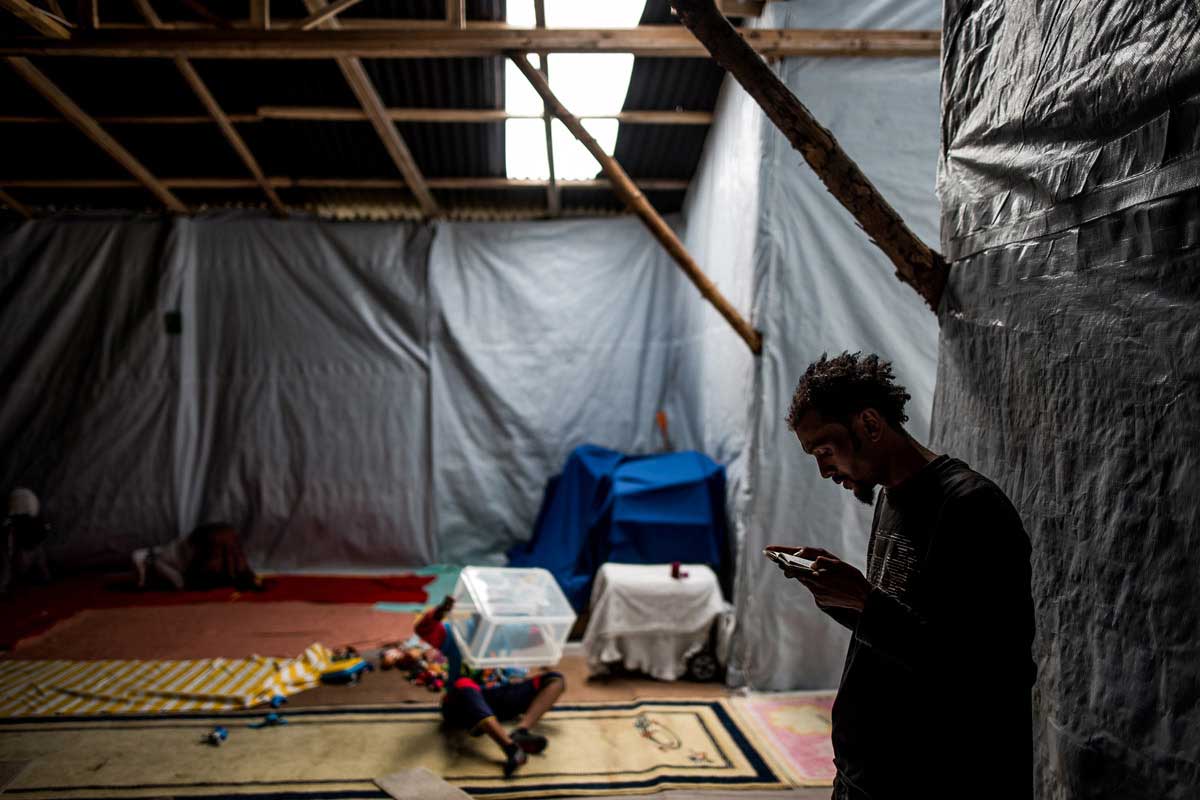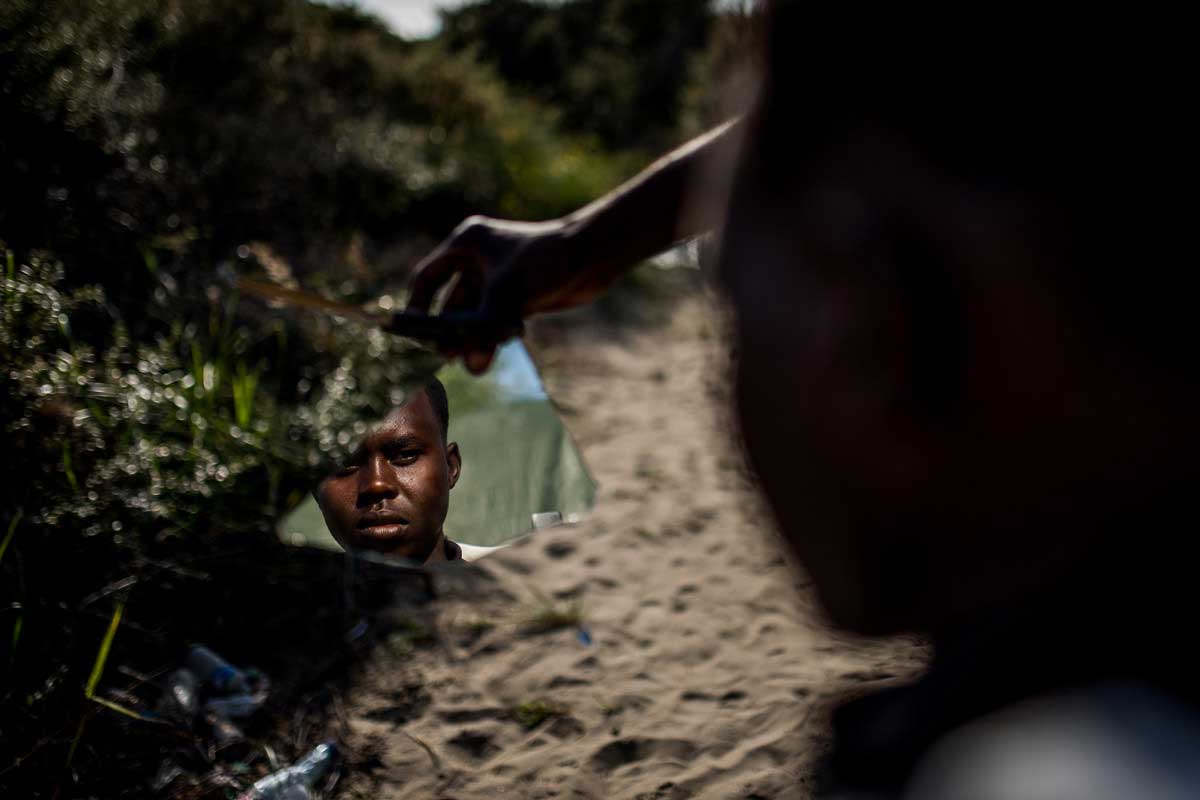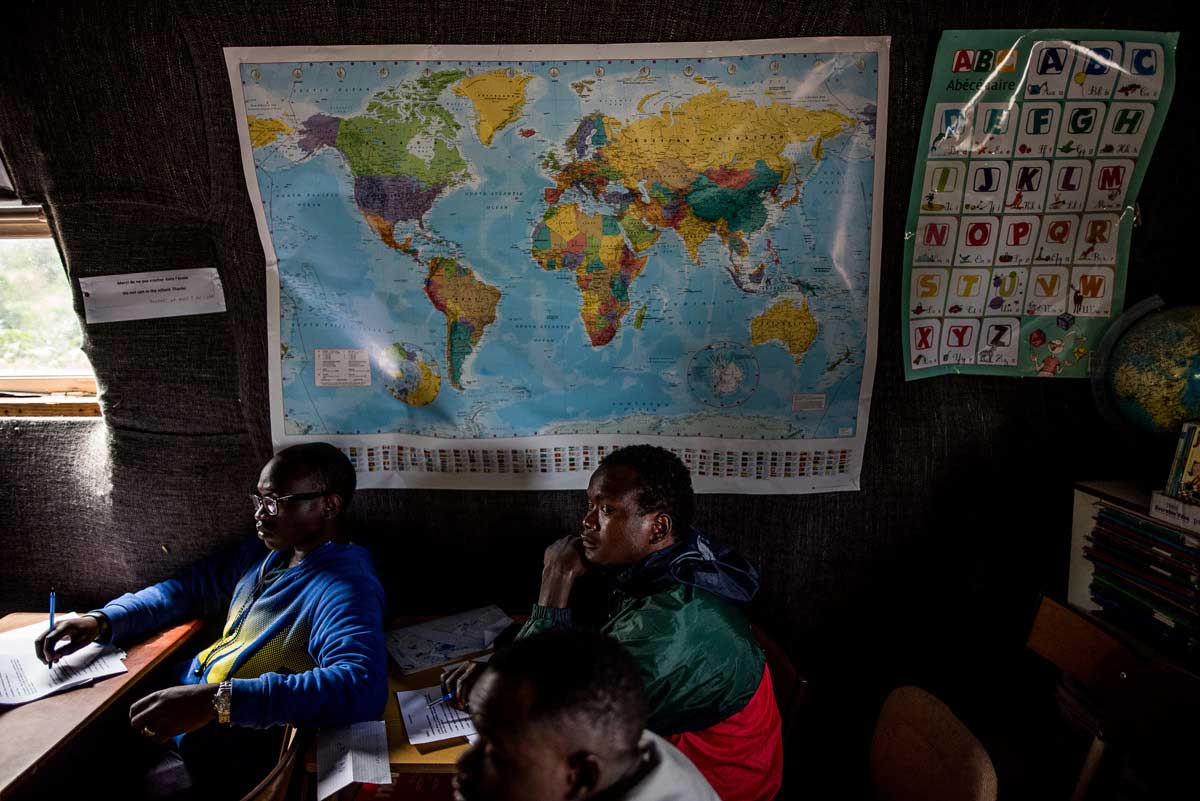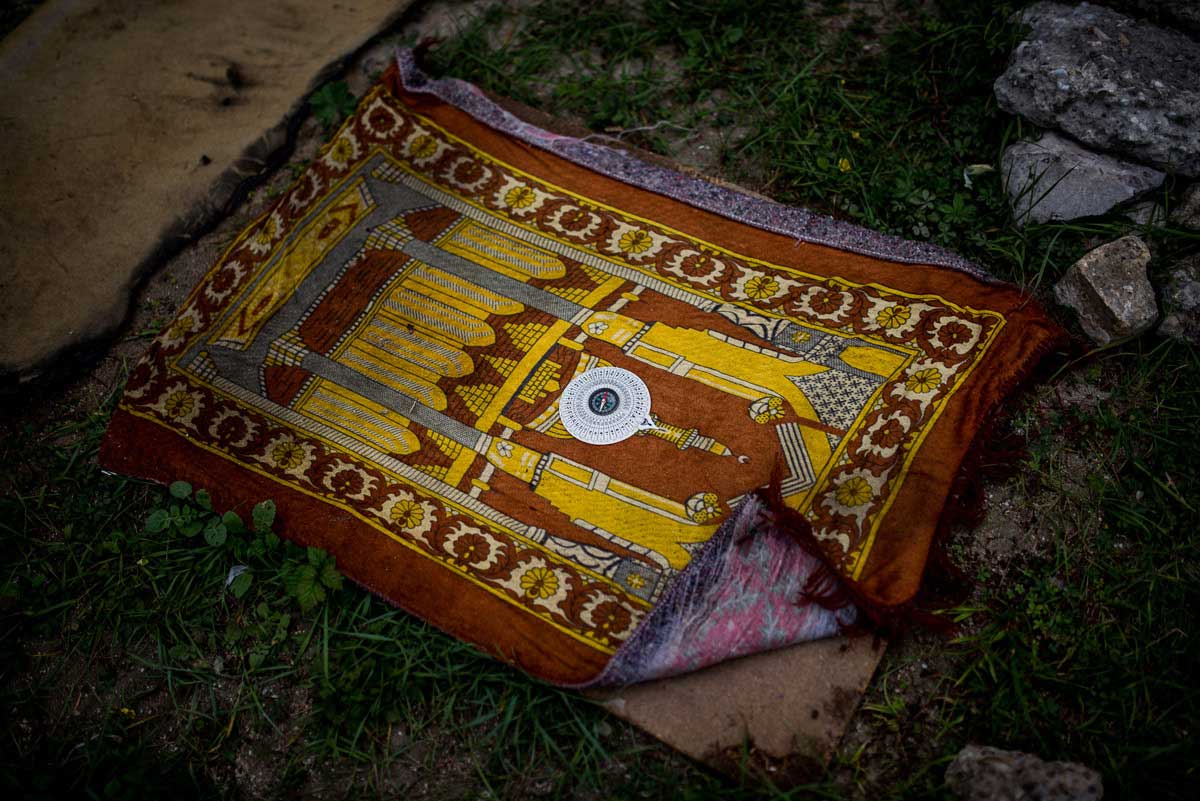István was born in 1985 in Budapest, Hungary. He enrolled in a photography course at the Budapest Technical School of Services and Handicraft in 2006. From the summer of 2007 he worked as a trainee at the oldes hungarian newspaper Népszava (Voice of people), he was employed as a stinger in the same year.
On the spring of 2010 he became a staff photographer at Népszava. In the middle of 2015 he started to work as a freelancer. At the same time he had been commissioned for several other projects.
From August 2009 to October 2011 he documented the reconstruction process of Margaret Bridge in Budapest. The ca. 10,000 photographs he took over the reconstruction period are kept in the Hungarian Museum of Science, Technology and Transport. On the summer of 2012 and 2016 he was one of the official photographers for the biggest Hungarian music festivals VOLT, Balatonsound and Sziget as a member of Rock Star photographers.
István has won the Grand award in the Hungarian Pictures of the Year in 2013, and was a participant of the prestigious Joop Swart Masterclass in 2015, organised by World Press Photo. István was has been selected to the Hungarian contemporary photography scholarship called Pécsi József scholarship in 2015. In 2017 István has been selected to Rober Capa Contemporary Photography Center’s MAGNUM WORKSHOP Scholarship by Max Pinckers and Stuart Franklin Magnum photographers.
When he was at the point of enrolling in the photography course, he knew that it was a career devoted to photojournalism that he wanted.He consider the treadmill of working for a newspaper a great education which keeps one professionally up-to-date, but he find it is essential to be involved in subjects of his own choosing, themes which help him learn about the world and explore the concept of truth.
Presenting the life of the deprived and marginalised, showing the injustice of the world on through his lens is a compelling subject to him. This is what led him to Syria during the civil war, without support, where a sad side of the world opened up to him, but he also made long lasting friendships. As a photojournalist he considered it was his duty to report on the events in one of the neighbouring countries, and he convinced his employers to send him to Kiev to document the Ukrainian revolution and a year after to make a report about how the civilians live in a conflict zone in East-Ukraine.
This sense of vocation guide him to dedicate the most of my time in 2015 to follow the refugees from Lesbos to West-Europe to show the inhuman conditions of their journey on several occasions.
István hopes he can open people’s eyes and to make them understand just somebody whose life was in danger and undertake the risk of a journey like this, we must help them on their way to a normal life.
Calais Jungle
István was spent 4 days in the August of 2015 at Calais to show inhuman conditions of the refugees as a spin-off of his Crossing Borders project, about the Balkan route of the refugees.
He documented with his camera the daily life of the inhabitants of the spontaneous built camp which has been destroyed by the authorities in the end of 2016.
The habitants was spent their life in the camp during the day with grooming, picking up food and eating, learning language, praying and take a rest.
And when the sun goes down they picked up their goods and say good bye to the camp which was looks like as a scenery of an post apocalyptic movie to walk miles to the security fence of the railway station where they tried to climb on a drifting train, risking their life in a hope of a new home. [Official Website]
